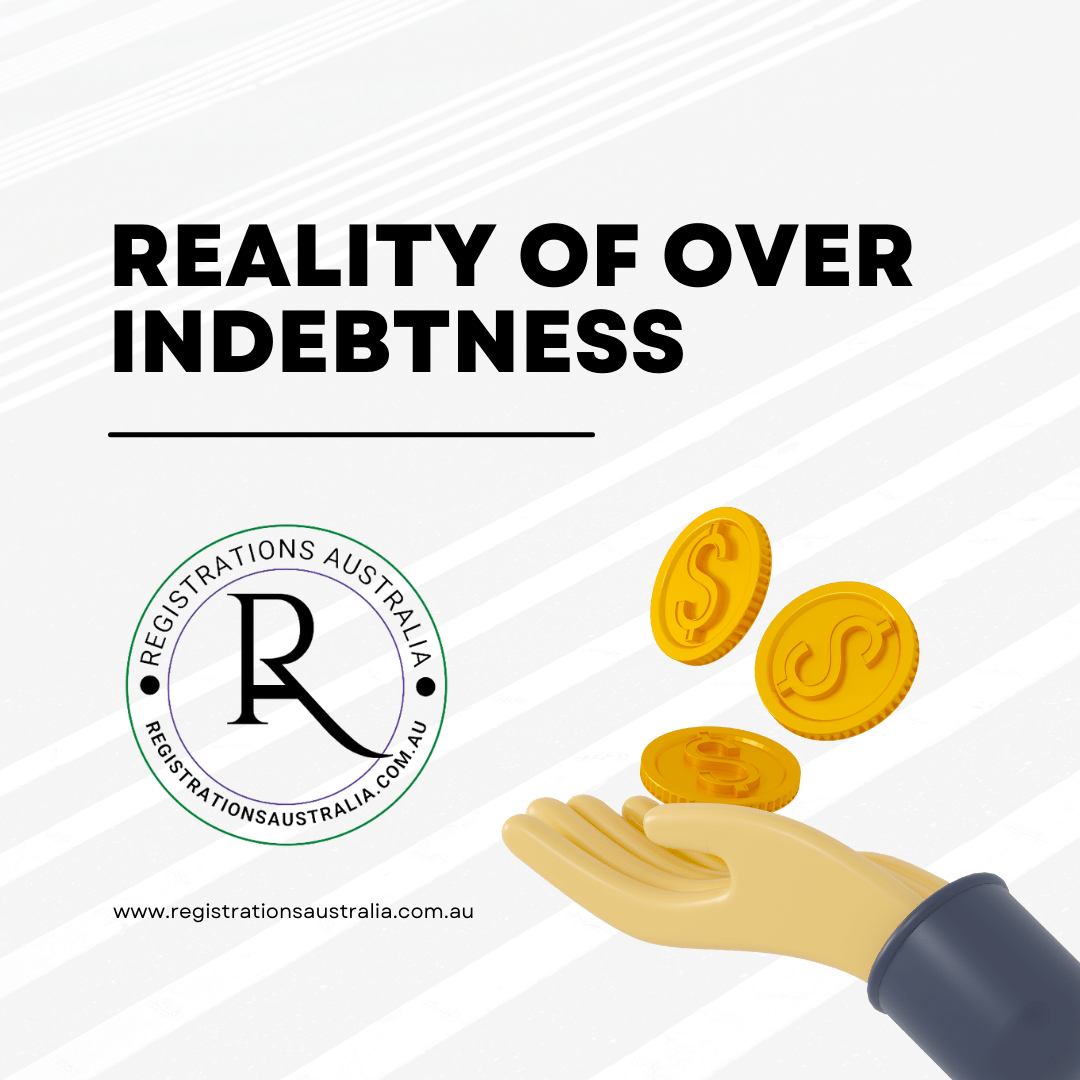5 Ways to Undo the Risks of Prolonged Sitting
Introduction
A sedentary lifestyle can be harmful to one's health. You have a better chance of living a healthy life if you spend less time sitting or lying down during the day.
You have a lower chance of early death if you stand or move around during the day than sitting at a desk. You're more likely to be overweight, acquire type 2 diabetes or heart disease, and suffer from depression and anxiety if you lead a sedentary lifestyle.
How Does Sitting affect the brain and productivity at the workplace?
The importance of sustaining blood flow to the brain cannot be overstated. The brain requires enough oxygen to function correctly, and cutting off this supply can be catastrophic. A deadly stroke can occur when blood flow in the brain is disrupted, even in a small area.
But, as many office workers do, can sitting in one posture for long periods truly impede blood flow to the brain? After all, our hearts continue to beat even while we're seated, don't they?
The study focused on 15 people who worked desk jobs. They visited John Moores' research lab. They were required to sit at their desks for four hours, only getting up to use the restroom. They were instructed to get up and walk for two minutes on a treadmill during the second visit. They were told to sit at the desk for two hours and then walk for eight minutes on the last day.
The individuals' brain blood flow was assessed using specialized headbands with ultrasound probes that tracked blood flow through one of the primary vessels delivering blood to the brain, the middle cerebral arteries. Blood flow decreased after the subjects were sedentary for four hours, unsurprising. Blood flow to the brain returned to normal when participants stood up and moved about.
What are the health risks of prolonged sitting?
That makes your heart and cardiovascular system perform more efficiently. When you're standing up, your bowels work more efficiently. People who are bedridden in hospitals frequently have bowel movements. Physical activity boosts your general vitality and endurance.
Legs and gluteals: Sitting for long periods can cause the significant leg and gluteal muscles to atrophy and waste away. These huge muscles assist you in walking and stabilizing yourself. When these muscles are weak, you are more likely to get injuries from falls and strains when exercising.
Weight: The digestion of the fats and sugars you consume is aided by moving your muscles. Digestion is less effective when you spend a lot of time sitting, so you retain those fats and sugars as fat in your body.
Hips and back: Your hips and back and your legs and gluteals will not be able to support you as well if you sit for long periods. As you sit, your hip flexor muscles shorten, potentially causing problems with your posture.
Anxiety and sadness: We don't know as much about the links between sitting and mental health as we do about the connections between sitting and physical health, but we know that people who sit a lot have a higher risk of anxiety and depression.
Cancer: According to new research, sitting increases your risk of acquiring lung, uterine, and colon cancers. The reason for this is unknown at this time.
Coronary artery disease: Long periods of sitting have been linked to heart disease. According to one study, those who watch more than 23 hours of television each week have a 64% higher chance of dying from cardiovascular disease than men who watch only 11 hours per week.
Diabetes: According to studies, even five days of lying in bed might raise insulin resistance in the body (this will cause your blood sugars to increase above what is healthy). According to research, people who spend more time sitting have a 112 percent higher risk of diabetes.
Varicose veins: Long periods of sitting might cause varicose or spider veins (a smaller version of varicose veins). This is because sitting causes blood to collect in the legs.
Thrombosis of the deep veins: Sitting for an extended period on a long aircraft or car trip can develop deep vein thrombosis (DVT). A blood clot in the veins of your leg is known as a deep vein thrombosis.
Ways to undo risks of prolonged sitting: Sedentary lifestyles are growing more prevalent in modern society. We spend a lot of time sitting, whether at work for long periods, traveling, watching television, or eating. However, you are mistaken if you believe that your hour-long intense workout at the gym or your morning jog would compensate for your lengthy sitting. According to a recent study published in the journal Health Psychology Review, focusing on physical activity and raising exercise levels did not significantly reduce extended sitting. The goal should be to reduce the amount of time spent sitting. If you ask health professionals, they will tell you that sitting for long periods is just as harmful as smoking. It has now become a significant public health issue. According to the World Health Organization, insufficient physical activity is the fourth most important cause of death worldwide. So, what are the options?
Get up and move: If you find yourself hooked to your workplace chair for long periods, it's time to break the habit. Mickey Mehta, a fitness expert, says, "Every two hours, it is critical to get up from your seat. Stand up, take a few steps, take a deep breath, and stretch backward until your toes are touching." Also, every 45 minutes, get out of your chair and try working while standing. To help with this, some Indian companies have sit-stand workstations during work.
Stretch a little more: Did you know that you can stretch at your desk? When breathing in, try retaining your stomach muscles for a few seconds, then releasing them when breathing out. Tilt your head back and forth, left and right. Next, sit up straight in your chair and straighten your left leg in front of you. Change the portion after a few seconds of holding the position. Try front kicks and sidekicks if you don't feel too self-conscious.
Relief for the eyes: Working on a laptop or desktop for long periods negatively influences your eyes. So, every 45 minutes, take a break and gaze at a distant object for 10-15 seconds. Your eyes will be less stressed as a result of this.
Teamwork: Encourage your coworkers to join you in stretching or going for a walk. Record your sitting time on a turn-by-turn basis and set targets for reducing your sitting time. When used alone, these methods can be ineffective, but they can be highly effective when used in a group.
Conclusion
You consume less energy when you sit than when you stand or move. According to research, long hours of sitting have been related to a variety of health problems. Obesity is one of them, as is metabolic syndrome. It is a group of disorders that includes high blood pressure, high blood sugar, extra body fat around the waist, and abnormal cholesterol levels. Too much sitting in general and sitting for long periods raises the risk of dying from cardiovascular disease and cancer.












